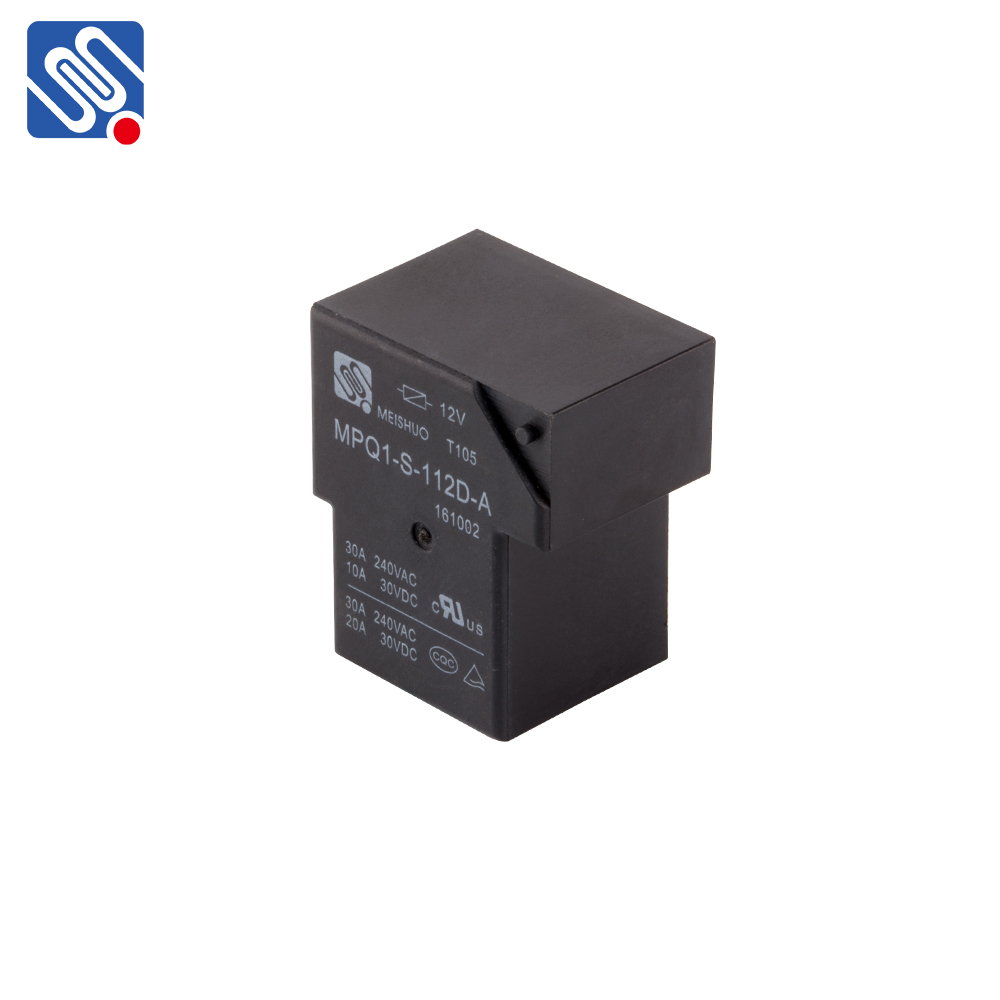Relay connections play a pivotal role in the functionality of various systems across industries, ranging from communication networks to industrial automation and electrical power systems. These connections are essential for ensuring signal integrity, extending network coverage, and improving operational efficiency. This article delves into the significance of relay connections, how they work, and their application in modern technologies.

What are Relay Connections? At its core, a relay connection refers to the use of a relay device or system to transfer signals, data, or electrical power from one location to another. A relay is essentially an intermediary that helps in amplifying or routing signals to ensure they reach their destination without degradation. The principle of relay connections can be observed in a variety of fields, including telecommunications, electrical engineering, and industrial automation. Relay Connections in Communication Systems In communication systems, relay connections are used to extend the range and improve the reliability of signal transmission. A common example is the use of Wi-Fi range extenders or repeaters, which act as relays to amplify and broadcast signals across larger areas. These devices help overcome obstacles like walls and interference that may cause signal loss or weakening in certain areas. Similarly, in satellite communication, relay satellites are positioned in orbit to receive, amplify, and retransmit signals, ensuring global coverage and connectivity.